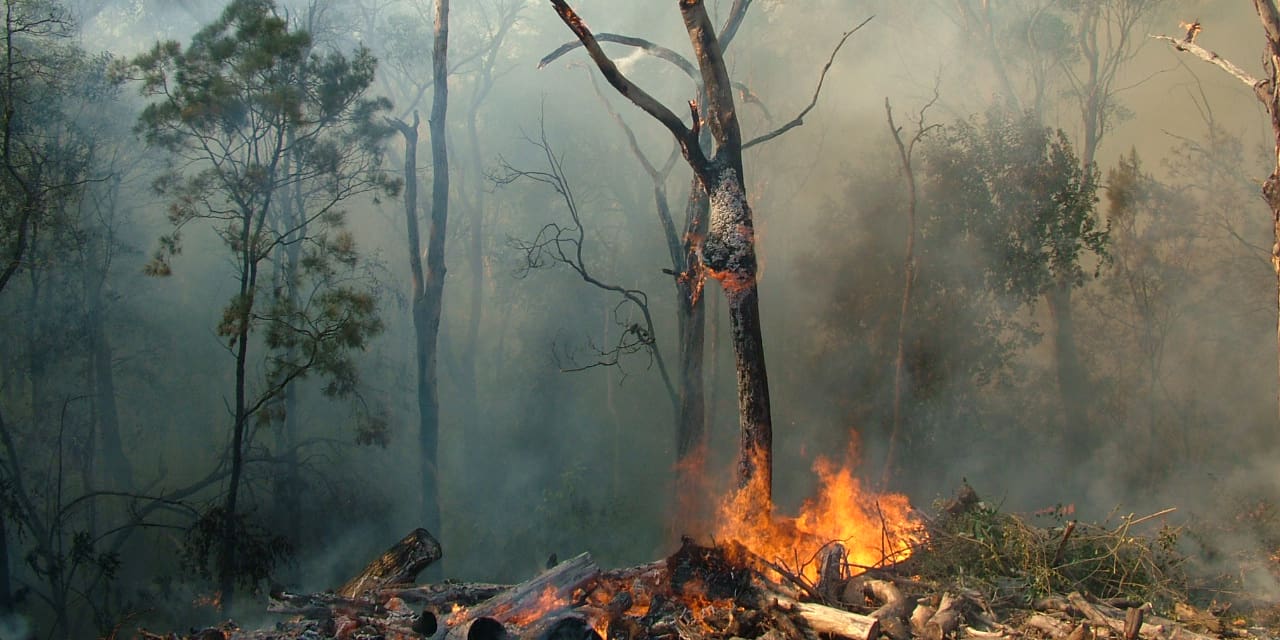The role of health care systems in mitigating the consequences of environmental change and disasters was highlighted through a Call to Action by the Cardiac Society of Australia and New Zealand (CSANZ) Cardiovascular Nursing Council published in December 2022.
Whilst the positive correlation between environmental disasters and the number of patients facing heart-related issues has been widely recognised, health-care systems are yet to recognise their contribution to the issue of anthropogenic climate change.
The Call to Action presents recommendations to help better prepare and adapt nurses to the increasing risks of cardiovascular disease (CVD) that are exacerbated by unstable environmental conditions. It takes into account acute climate hazards like heat, erosion, pollution, drought, bushfires, floods, dust storms, and tropical cyclones, which have recently revealed weaknesses in Australia’s health care systems.
Additionally, it points to the need for more “ecologically sound” professional practices that can reduce the sector’s carbon footprint. “Global health care generates approximately 4.4% of all greenhouse gas emissions; the Australian healthcare system generates almost 7% of annual national emissions,” the report states.
Concerns about excessive use of healthcare materials that pollute, their inadequate disposal, as well as post-pandemic waste have been raised in a study by the Department of Nursing and Health Sciences at the University of Jaén. This is a universal problem which can be remedied throughout the healthcare system globally.
First Nations people have proven the most vulnerable to both the effects of climate change and increased risks of cardiovascular disease. This can be associated with systemic issues of low socio-economic status and limited government action that is Indigenous communities in Australia regularly face. Their traditional ways of life are impacted not only by “reduced food and bush tucker resources, and damaged/unstable remote community infrastructure” due to not environmental challenges, but also physical health.
Studies have also revealed that “each one-degree Celsius increase in temperature is associated with a 6% increase in CVD” and related hospitalisations.
With nurses comprising the largest proportion of the health industry in Australia and New Zealand, the Call to Action places them at the head of paving way for change “to lead necessary interdisciplinary planning and adaptation”.
Amongst the key recommendations proposed by the CSANZ for the healthcare industry to consider, is to “harness the power, skill and expertise of the nursing profession who transect acute and primary care to lead change”. The report also highlights necessary knowledge for healthcare workers to recognise that “climate hazards and disasters provide acute CVD triggers compounded by social determinants of health.” “First Nations people have sovereignty over their response to climate change,” to enable culturally appropriate health care, and that “vulnerable populations are at greater risk and need targeted preventative actions and support.”
The proposed strategies which aim to optimise nursing preparation in the face of climate emergencies require an overall merging of the concept of environmental health into human health.





